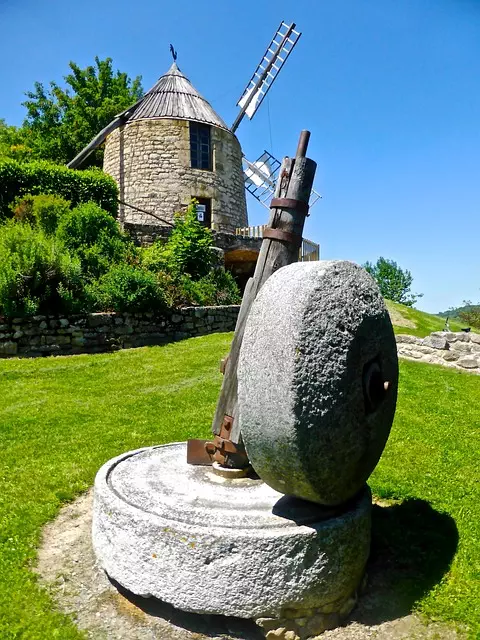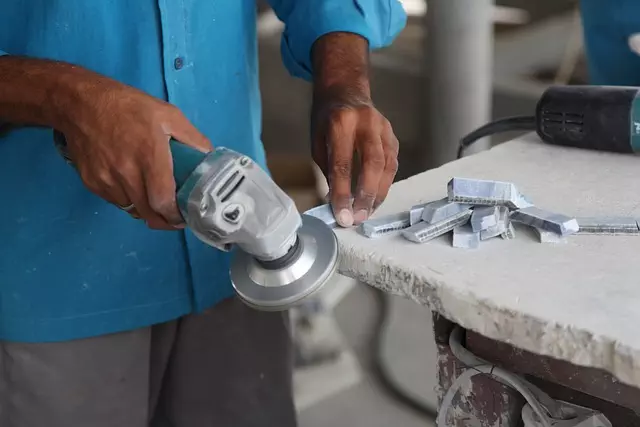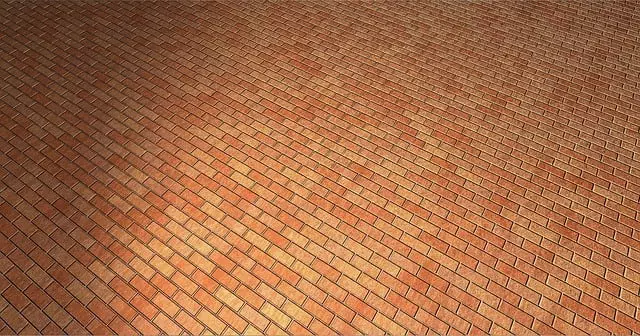Pavement milling and grinding serve as critical components in modern infrastructure maintenance, offering a versatile solution for roadway refurbishment. This article delves into the intricacies of pavement milling and grinding, spotlighting its application through a case study in Toledo, Ohio. Explore the various techniques employed in this process, the state-of-the-art equipment that enables it, and the numerous benefits it provides for road preservation. The discussion will also highlight the advantages and considerations unique to pavement milling and grinding, positioning it as an indispensable practice in maintaining and improving road networks across the nation.
- Overview of Pavement Milling and Grinding Techniques
- Case Study: Implementation of Pavement Milling and Grinding in Toledo, Ohio
- The Process and Equipment Used in Pavement Milling and Grinding Operations
- Advantages and Considerations of Pavement Milling and Grinding for Infrastructure Maintenance
Overview of Pavement Milling and Grinding Techniques

Pavement milling and grinding are essential maintenance processes for extending the life of roadways and ensuring their structural integrity. These techniques involve the precise removal of asphalt or concrete from paved surfaces to prepare them for repair, resurfacing, or reconstruction. The process begins with the selection of appropriate equipment, such as cold milling machines, which can be adjusted to control the depth of material removed. In the realm of infrastructure maintenance, these operations are critical for maintaining the quality and functionality of road networks. For instance, in Toledo, Ohio, pavement milling and grinding services play a significant role in the city’s ongoing efforts to sustain its transportation infrastructure. The city’s crews employ these methods to remove surface irregularities, address wear and tear, and lay new asphalt layers for smoother, safer roads. The precision of modern equipment allows for targeted removal of damaged materials without affecting adjacent areas, ensuring minimal disruption to traffic flow while significantly improving road conditions. The efficiency and accuracy of these milling operations contribute to the longevity of pavements and the overall safety and performance of roadways across Toledo, Ohio.
Case Study: Implementation of Pavement Milling and Grinding in Toledo, Ohio

The implementation of pavement milling and grinding in Toledo, Ohio serves as a case study exemplifying the efficacy of this infrastructure improvement technique. Pavement milling and grinding is a process that involves removing the surface layer of an existing road to prepare for resurfacing or reconstruction. This method not only extends the lifespan of the pavement but also enhances its structural integrity, leading to smoother and safer roads for motorists. In Toledo, this approach was employed as part of a comprehensive infrastructure upgrade aimed at addressing aging roadways. The city’s decision to utilize pavement milling and grinding technology reflected a commitment to sustainable and cost-effective urban maintenance. The project’s success hinged on careful planning, coordination with local stakeholders, and the deployment of specialized equipment to efficiently remove material without unnecessary waste. The results were evident in the improved condition of Toledo’s road network, showcasing the benefits of pavement milling and grinding as a key method for infrastructure renewal. Subsequent evaluations of the project demonstrated not only the enhancement of road quality but also cost savings due to the precision and efficiency of the milling operations compared to traditional methods. This case study underscores the practical advantages of adopting pavement milling and grinding practices, particularly within urban settings like Toledo, Ohio.
The Process and Equipment Used in Pavement Milling and Grinding Operations

Pavement milling and grinding are essential processes in road maintenance and construction, involving the precise removal of asphalt or concrete to repair or resurface roadways. This process, often utilized in Toledo, Ohio, and across the nation, employs specialized machinery designed to efficiently grind down the pavement surface to a specified depth. The equipment typically consists of a milling machine, also known as a cold planer, which is equipped with a rotating drum or a grinding head fitted with carbide-tipped teeth. As the machine travels over the pavement, these teeth chip away at the material, breaking it into manageable pieces that can be easily removed and recycled. The depth of milling is controlled by laser or GPS technology, ensuring precision in the removal process to match specific project requirements. Once the desired layer has been removed, the resulting material is collected and processed for reuse in new pavement layers, a sustainable practice that minimizes waste and environmental impact.
The pavement milling and grinding operations are conducted in phases, with each phase carefully planned to optimize efficiency and safety. The initial phase involves marking out the areas to be milled using paint or lasers. Following this, the actual milling process takes place, with operators controlling the machine’s speed, depth, and path to achieve the desired outcome. After milling, the debris is collected and sorted, often transported to a nearby facility for further processing. Advanced milling machines can adapt to various pavement types and conditions, making them versatile tools for infrastructure maintenance. In Toledo, Ohio, these operations are vital for maintaining the city’s road network, contributing to smoother, safer, and more efficient travel across the region. The expertise and equipment used in these milling and grinding operations reflect the commitment to maintaining high standards of infrastructure quality.
Advantages and Considerations of Pavement Milling and Grinding for Infrastructure Maintenance

Pavement milling and grinding are essential processes in maintaining robust infrastructure, particularly on roadways. These techniques involve removing the surface layer of asphalt or concrete from a paved area to repair or resurface it. The advantages of pavement milling and grinding in Toledo, Ohio, and similar regions are manifold. It provides an accurate depiction of the existing conditions of the pavement structure, enabling precise repairs that address only the areas in need, thus optimizing material usage and reducing overall costs. This targeted approach minimizes the disturbance to the surrounding pavement, preserving its integrity. Additionally, the reclaimed asphalt from milling operations can be repurposed in new construction projects, promoting sustainability and environmental responsibility.
The process of pavement milling and grinding in Toledo, Ohio, is not without considerations. The equipment used must be carefully selected based on the specific requirements of the project, including the size and condition of the pavement, as well as local regulations and environmental sensitivities. Weather conditions play a critical role; operations must often be scheduled around inclement weather to ensure safety and effectiveness. Maintenance of the equipment is also crucial for consistent performance and longevity. Moreover, the coordination with traffic control and the integration of milled materials into new pavement designs require meticulous planning and execution to achieve seamless results. These considerations underscore the importance of skilled operators and comprehensive project management in delivering successful pavement milling and grinding outcomes.


